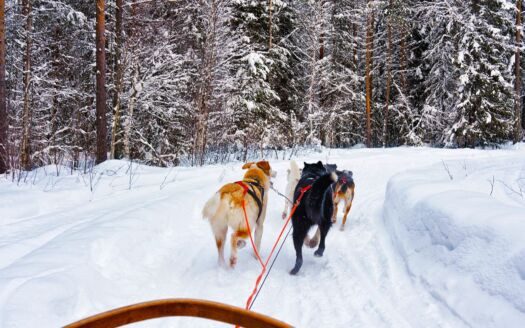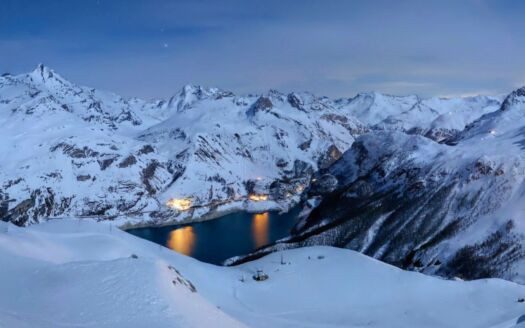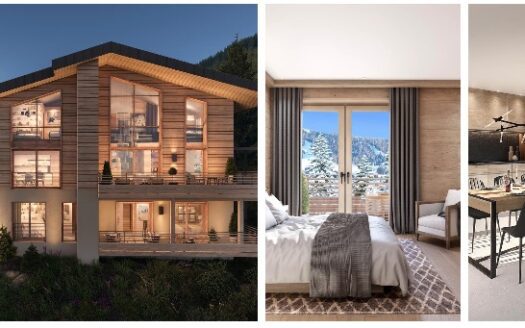Why Savvy Investors Are Racing to Buy Ski Properties in the French Alps Before 2026
As traditional investment markets face uncertainty, a new generation of wealthy buyers is discovering the compelling returns and lifestyle benefits of Alpine real estate.
The phone rarely stops ringing at David’s office these days. The veteran property specialist, who has been selling ski chalets and apartments in the French Alps for two decades, reports an unprecedented surge in enquiries from British, American, and increasingly, Middle Eastern investors seeking alternatives to volatile stock markets.
“We’re seeing a fundamental shift,” explains David Olsson, whose firm has facilitated over €300 million in Alpine property transactions since 2005. “Clients who once focused purely on London property or tech stocks are now asking serious questions about ski real estate. And frankly, the numbers are compelling.”
The Investment Case That’s Hard to Ignore
The statistics certainly support the enthusiasm. According to the latest market analysis, prime ski properties in established French resorts have delivered average annual returns of 4-6% over the past decade, significantly outperforming many traditional asset classes. More remarkably, properties in blue-chip locations such as Courchevel 1850, Val d’Isère, and Méribel have shown remarkable resilience during economic downturns.
“Unlike a share certificate, you can actually use your investment,” notes Hamilton, gesturing toward the snow-capped peaks visible from his office window. “Try spending Christmas with your family in your FTSE portfolio.”
The rental yields tell their own story. A well-positioned two-bedroom apartment in Val Thorens – Europe’s highest ski resort – can generate gross rental returns of 6-8% annually, while offering owners several weeks of personal use. Factor in capital appreciation and the lifestyle dividend, and the investment proposition becomes compelling.
The New Build Advantage
Beautiful to investors are the new-build developments sprouting across the Alps. These off-plan purchases, often available with attractive payment terms, offer buyers the opportunity to secure prime locations before completion, frequently at discounts to eventual market value.
“The key is knowing which developers to trust,” warns Hamilton, a known agent in the three Valleys, whose rigorous due diligence process has become legendary among clients. “We’ve seen too many buyers burned by developers who promise the world but struggle to deliver. That’s why we only work with established firms with proven track records.”
Recent success stories include Les Chalets de la Perrette in Saint-Gervais, where early investors secured apartments from €350,000 that are now valued at over €450,000 following completion. Similar patterns have emerged across multiple developments, provided buyers choose wisely.
The Fractional Revolution
For investors seeking Alpine exposure without the full commitment of whole ownership or investors who are priced out, fractional ownership schemes are gaining traction. These structures, which allow buyers to purchase shares in premium properties (usually 1/8th), offer access to top-tier resorts at substantially reduced entry costs. We also partner with the major company offering listings in the French Alps, Colorado, Utah, you can check their listings here.
A 1.2M€ ski chalet, fully furnished and including stamp duty will cost you as little as approximately 150,000€ for 1/8th of the year (6 weeks). It is not a timeshare and you can transfer your share of the freehold to your children when the time comes for a super low-cost transfer fee (usually below 1,000€)
“Fractional ownership solves the utilisation problem,” notes David Olsson. “Why buy a €2 million chalet you’ll use six weeks per year when you can own an eighth share for €250,000 and still get prime winter weeks?”
The mathematics are particularly compelling for London-based buyers. A fractional share in a Méribel chalet provides guaranteed access during peak periods, professional management, and potential capital growth, all without the burden of year-round maintenance responsibilities.
Beyond the Obvious Destinations
While Courchevel and Val d’Isère command premium prices, astute investors are increasingly looking to emerging destinations that offer similar skiing credentials at more attractive entry points. Resorts such as Tignes, with its year-round glacier skiing, and Saint-Gervais, part of the vast Evasion area, are attracting significant interest. Even small, unknown ski resorts like Thollon-Les-Memises have their cult following and offer bottom-price real estate.
“The smart money is looking beyond the marquee names,” observes David. “A property in Tignes offers access to the same Espace Killy ski area as Val d’Isère, often at a 30% discount. For investors, that pricing differential represents opportunity.”
The trend is particularly pronounced among younger buyers, often tech entrepreneurs or finance professionals, who prioritise ski quality and accessibility over social cachet. These buyers are driving demand in resorts such as Alpe d’Huez and Les Deux Alpes, where modern amenities meet authentic Alpine charm.
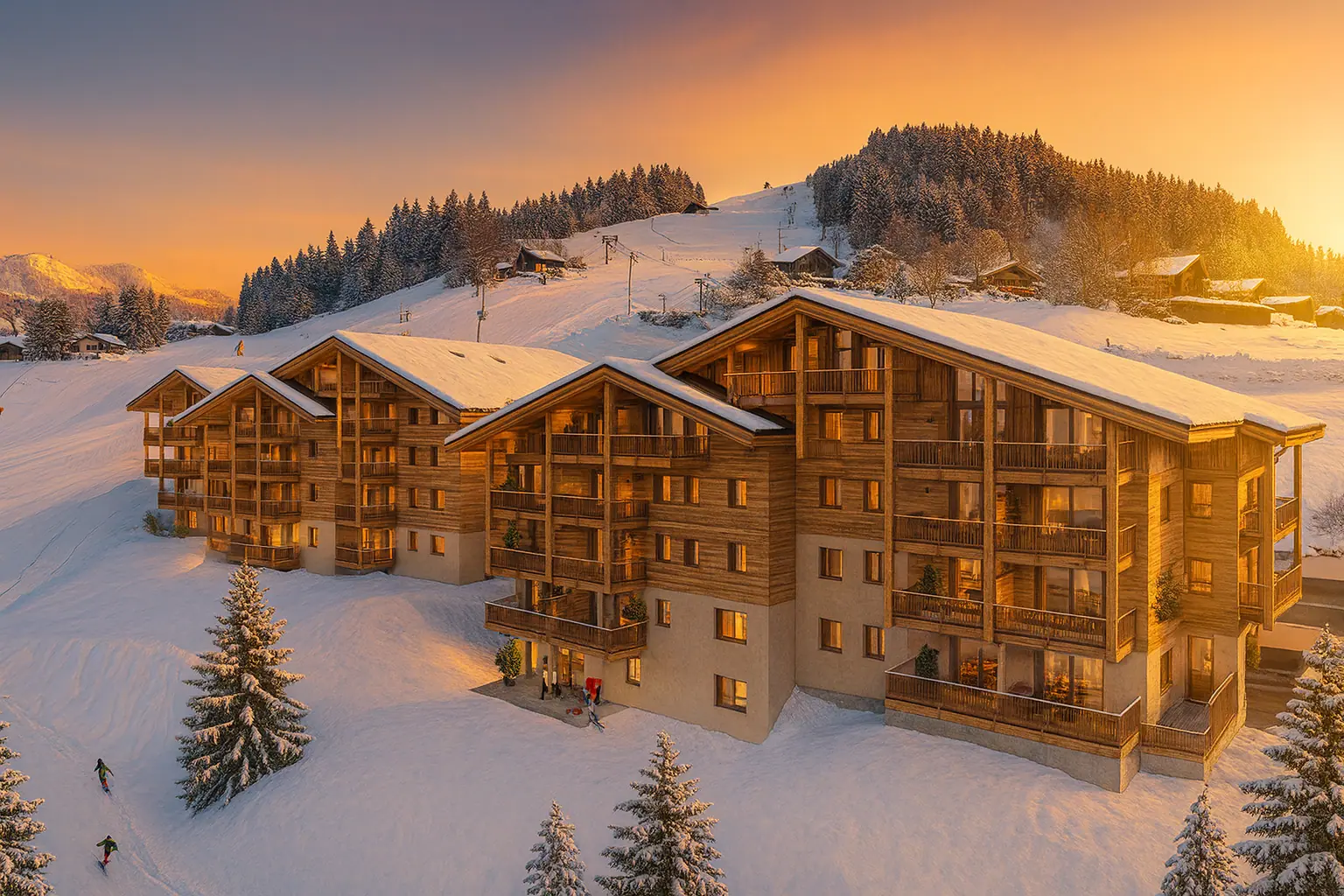
The Due Diligence Imperative
However, success in Alpine property investment requires more than simply writing a cheque. The complexities of French property law, local planning restrictions, and developer reliability make expert guidance essential.
“Every property we recommend undergoes the same rigorous assessment,” explains David. “We examine the developer’s financial stability, verify all planning permissions, analyse the location’s rental potential, and project long-term capital growth. It’s a process that has saved our clients millions over the years.”
This methodical approach recently prevented a group of Olsson’s clients from investing in a development where the developer subsequently encountered financial difficulties. While other investors face uncertainty, his clients were steered toward a competing project that completed on schedule and within budget.
Market Dynamics and Timing
Current market conditions appear favourable for investors. The post-Brexit adjustment period has largely concluded, while French mortgage rates remain historically attractive for qualifying buyers. Currency movements have also created opportunities for sterling-based investors, with the pound’s recent strength improving purchasing power.
“We’re seeing a sweet spot in market timing,” suggests David Olsson. “Prices have stabilised following the COVID disruption, interest rates are still reasonable, and there’s a genuine supply constraint in prime locations. That combination typically precedes a period of sustained growth.”
Indeed, supply limitations may prove the most compelling factor supporting future price appreciation. Alpine development is heavily restricted by environmental and planning regulations, ensuring scarcity in desirable locations. Meanwhile, demand continues to grow from traditional European markets, plus emerging interest from Asian and American buyers.
The Lifestyle Dividend
Beyond financial returns, Alpine property investment offers intangible benefits that traditional assets cannot match. The guarantee of family ski holidays, the pride of ownership in some of the world’s most beautiful locations, and the social opportunities that mountain communities provide.
“Our clients often tell us their Alpine property has become the focal point for family gatherings,” reflects Hamilton. “Three generations learning to ski together, Christmas dinners with mountain views, summer hiking from your own front door. Try putting a value on memories like that.”
For many investors, this lifestyle component justifies the investment regardless of financial returns. The knowledge that their children and grandchildren will always have access to world-class skiing and mountain activities provides satisfaction beyond mere capital appreciation.
Looking Ahead
As 2025 progresses, the fundamental drivers supporting Alpine property investment remain intact. Limited supply, growing demand, attractive yields, and the unquantifiable lifestyle benefits combine to create a compelling investment thesis.
However, success requires careful navigation of a complex market. The difference between a shrewd investment and an expensive mistake often comes down to local expertise, rigorous due diligence, and understanding the subtleties of Alpine property markets.
For investors seeking diversification beyond traditional assets while accessing one of the world’s most desirable lifestyle investments, the French Alps offer compelling opportunities. The question is not whether to invest, but how to do so wisely.
Domosno has been specialising in French Alps ski property investment since 2005, offering rigorous due diligence and expert guidance for discerning investors. For more information about current investment opportunities, visit domosno.com
Ready to Buy your ski Home?
Get in touch with our French Alps team to secure your ideal ski property.
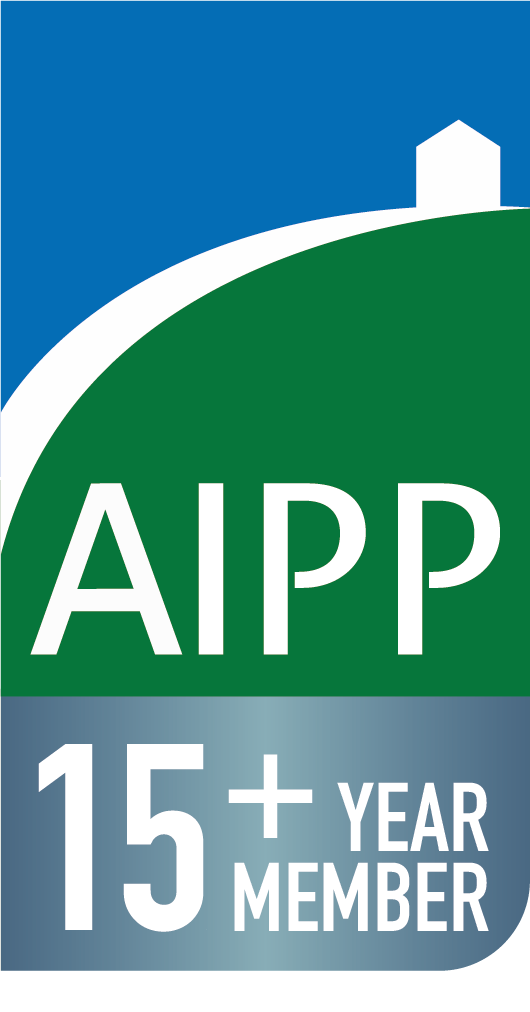
Domosno — member of the
Association of International Property Professionals
since 2010

